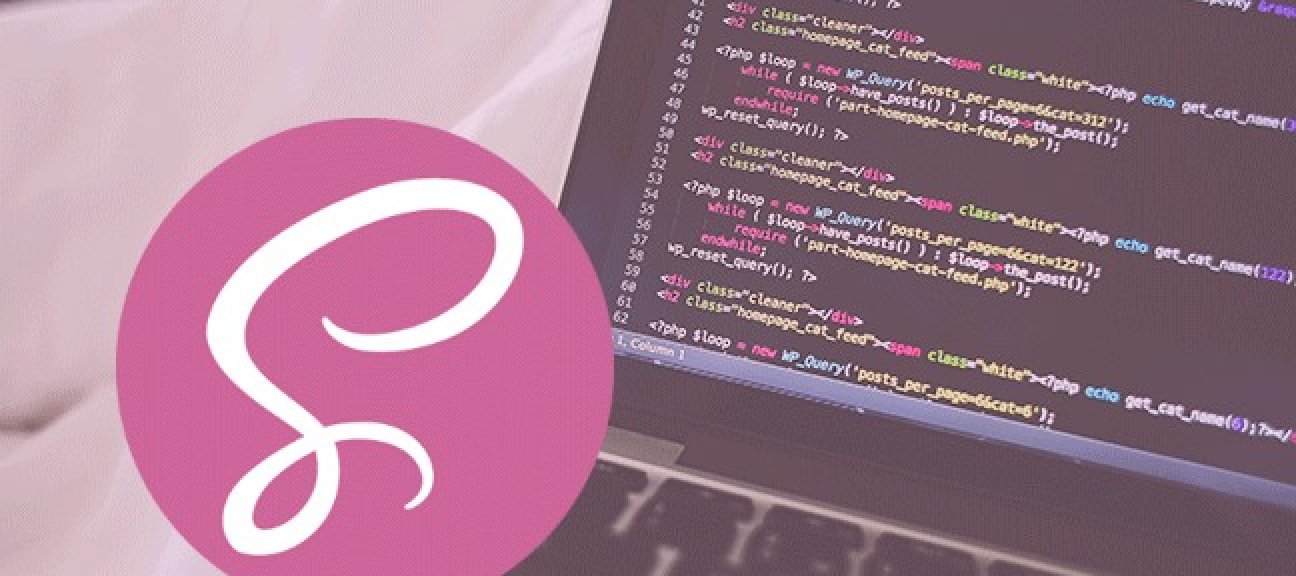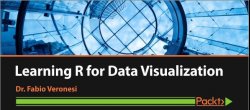
What is SASS? Sass (Syntactically awesome stylesheets) is a CSS preprocessor.
- Sass allows to write more maintainable and more concised CSS
- Sass allows to use great CSS features with superpowers.
- Some features include: Writing and defining Variables, clear inheritance with Nested Rules, using Mixins as re-usable objects, doing maths with the operators (+, -, *, /) and functions...
- And, it is actively supported by a large community of developers to stay ahead.
Why use SASS ?
While CSS is a great language, it has some limitations. For example, if you have a color code used multiple times in your stylesheet, you need to edit this one multiple times to update your design. Very tedious process!
Sass is the most reliable, stable, and powerful professional grade CSS extension language. It has been chosen as the premier CSS extension language. Sass is great for the following reasons. :
- Less code and repetition - allows to cut down one code and save time
- The stylesheet are formatted nicely with a more dynamic code
- It makes logical sense to break out CSS into multiple files with the feature
Every web developer or front-end UI engineer should use a pre-processor language over traditional CSS
In SASS - Beginner Crash Course, you will discover the power of Sass and learn to take your CSS to the next level. With several demonstrations and examples. you will see the power of the pre-processor language.
The objectives of this course is to help you :
- create smarter and cleaner stylesheets,
- cut down on code,
- keep your code DRY (Don't Repeat Yourself) and organized.
As part of this tutorial, we will use the online application Sassmeister as a playground to compile the Sass syntax into beautiful and standard CSS.
Topics include in this SASS video tutorial
- Define Variables for faster maintenance.
- Declare Mixins as reusable objects
- Nesting for a cleaner stylesheet structure.
- Perform mathematical calculations with the Operators and Functions
On a more advanced level, we will speak about:
- Parametized Mixins with default
- Inheritance and Extend
- Placeholder
- The @import directive
In this tutorial, you will easily and surely get started with CSS programming and learn to write better CSS.



















